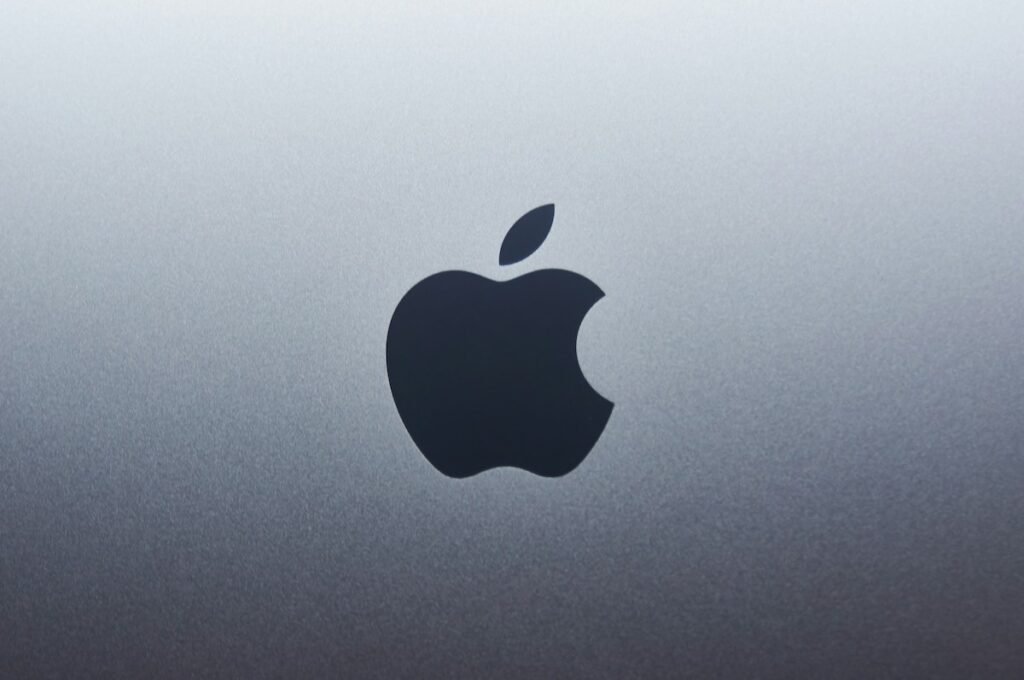Apple’s New iPhone SE: Balancing Innovation, Affordability, and Strategy

Rumors about Apple’s upcoming phones are swirling, and excitement is building. Recently, Apple CEO Tim Cook took to Weibo to announce a major product release tomorrow (Beijing time), with many speculating it will be the debut of the next-generation iPhone SE. This model, which hasn’t been updated in nearly three years, may seem out of step with current consumer trends due to its compact design and Home button. However, its release carries significant strategic weight for Apple.
Testing the Waters with Self-Developed Modem Chips
Apple has long relied on Qualcomm and Intel for baseband chips but began developing its own in 2019 after acquiring Intel’s baseband business for $1 billion. This move reflects Apple’s desire to reduce costs and gain greater autonomy.
The new iPhone SE is rumored to feature Apple’s first self-developed modem chip. However, initial reports suggest the chip may not outperform Qualcomm’s Snapdragon X75 in performance, lacking features such as millimeter-wave 5G and robust carrier aggregation. Despite these limitations, Apple’s modem chip may offer energy efficiency benefits through deep integration with its processors.
While Apple’s in-house modem technology still lags behind Qualcomm, the SE serves as a low-stakes testing ground for refining this technology before it potentially replaces Qualcomm components in future high-end models. This strategy aligns with Apple’s long-term goal of achieving chip unification and reducing dependency on external suppliers.
Boosting Market Appeal with Improved Specs
Noted analyst Ming-Chi Kuo predicts the iPhone SE 4 will bring notable improvements, including 8GB of storage, which could help Apple maintain its competitive edge and increase its appeal. This move could also expand Apple’s reach among budget-conscious users seeking entry into the iOS ecosystem.
Additionally, Apple’s first-quarter financial report for fiscal 2025 highlighted challenges in the Greater China market, where revenue dropped by 11%. Cook attributed this decline to delays in launching Apple Smart, the company’s AI-powered assistant. As Apple Smart is set to roll out in multiple languages with the iOS 18.4 update in April, the new iPhone SE could play a role in generating consumer feedback and refining the AI experience before it is fully integrated into flagship models.
Strategic Pricing for Global Markets
The iPhone SE has always targeted users with limited budgets while leveraging older designs to keep production costs low. Cook has emphasized the importance of emerging markets like India and Southeast Asia, where affordable iPhones drive growth. In regions like Japan, SE models remain highly popular, with strong sales consistently reported.
The SE’s adoption of the USB-C interface also allows it to re-enter the EU market, following regulatory changes that phased out older models. In China, government subsidies for digital products priced below 6,000 yuan ($820) could further boost SE sales, offering consumers up to 500 yuan ($68) per device.
Ming-Chi Kuo estimates that iPhone SE 4 shipments could reach 12 million units in the first half of the year and 10 million in the second half. These figures suggest a stronger performance compared to previous SE models, providing a steady revenue stream during off-peak seasons.
Conclusion
As Apple grapples with increasing competition from domestic mobile phone brands excelling in AI and advanced features, the new iPhone SE represents both a calculated risk and a strategic move. Its success will depend on how well it resonates with consumers and whether it can support Apple’s broader goals of technological independence and market expansion.
Alexia is the author at Research Snipers covering all technology news including Google, Apple, Android, Xiaomi, Huawei, Samsung News, and More.












